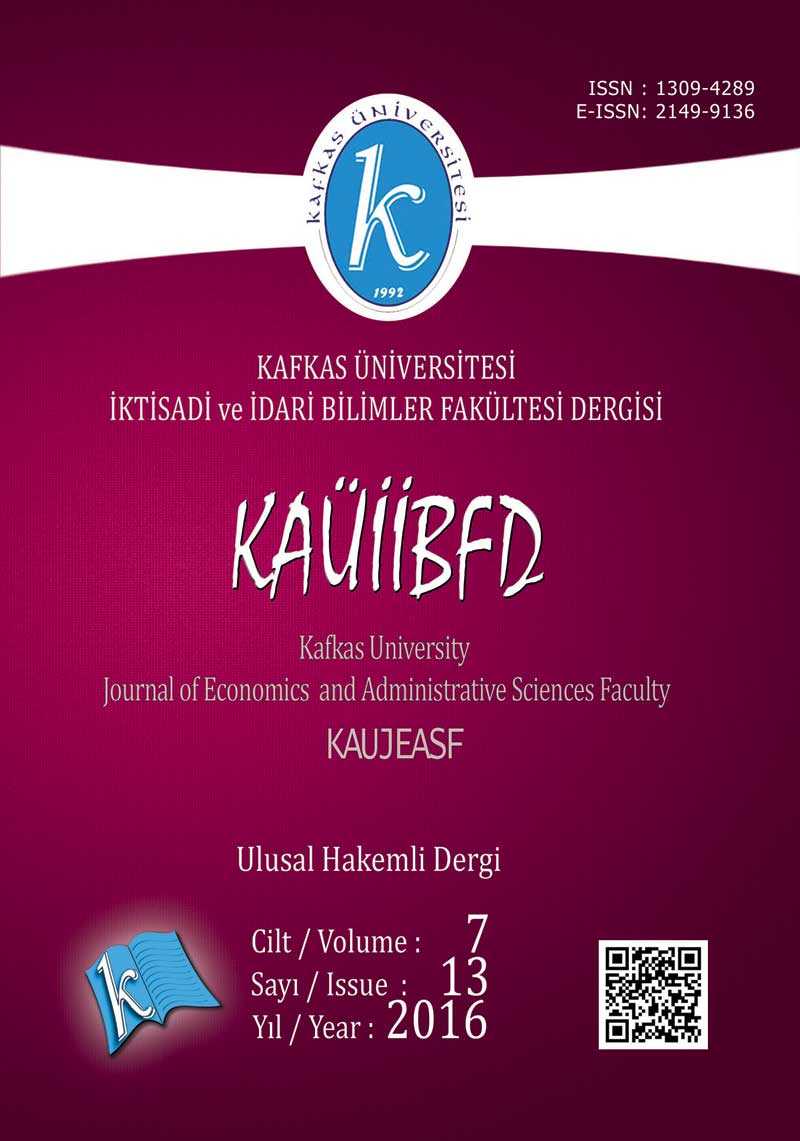Talmud’un Para ve Faiz Açısından Yorumu
The Exegesis of Talmud from the Point of Money and Interest
Author(s): Kürşat Haldun AkalinSubject(s): Economy, Jewish studies, Ancient World, Theology and Religion
Published by: Kafkas Üniversitesi Sağlık, Kültür ve Spor Daire Başkanlığı Dijital Baskı Merkezi
Keywords: Usury; Trade; Talmud; Tanakh;
Summary/Abstract: During the period of the Talmud (begun in the first century and finished about in the fourth century) the rabbinic interpretation influenced on economics especially lending. Israelian called avak rabbit or the share of interest was that nothing vaguely meaning creditor profit could be allowed. According to rabbis, the lending of a bushel of wheat at one time to be repaid by a bushel of wheat at a later time subject to the dogmatic prohibition, but if the same quantity of wheat bought by money in the market may be paid the price of two bushels could have in the interim changed. In the post Talmudic period all Jews believed that, if the borrower used the loan profitably and gain more money from this debt, the borrower must be paid money more than his obligation.
Journal: Kafkas Üniversitesi İktisadi ve İdari Bilimler Fakültesi Dergisi
- Issue Year: 7/2016
- Issue No: 13
- Page Range: 363-395
- Page Count: 33
- Language: Turkish

